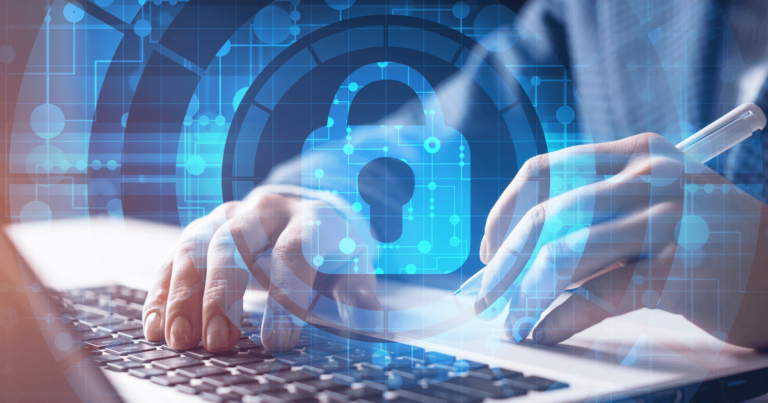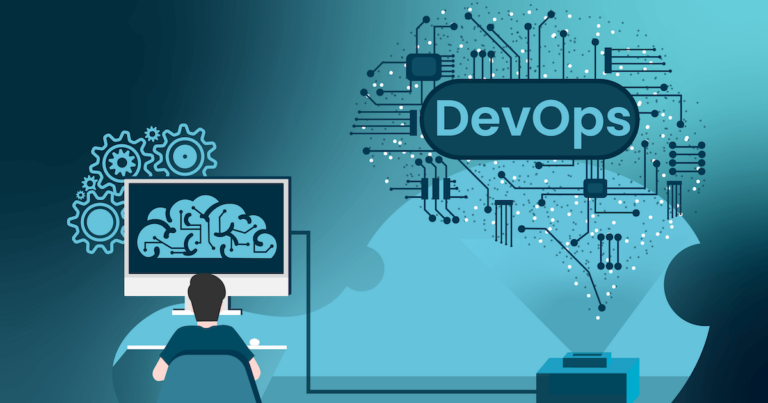Today, companies have data, substantial assets, and information exhibited in digital form and they are increasingly relying on digital systems to manage their day-to-day activities. Global pandemic started in 2020 has been favorable for cyber criminals as remote working, the on-going digitization of services create huge opportunities for them, and the adoption of a hybrid work culture post pandemic has increased the cybersecurity risks. The digital business processes are also increasing, which also creates new security vulnerabilities in modern infrastructure.
To manage the risks, CISOs have the main priority to implement a cybersecurity strategy to safeguard the data from unauthorized access or an online attack. Shaping product quality and maintaining customer relationships are the key part of this strategy, and to support this initiative, they want to build a long-term cyber-capability against cyber risks. They are using more systems’ layers into their global technology network to support remote work culture while also enhancing customer experience. Experts say that the proliferation of digital technologies such as cloud-based applications, IoT connected devices, new technological initiatives, and strict security methods are driving the rapid growth of the cybersecurity market.
As per McKinsey & Company, here is a future prediction of cybersecurity market:
- $101.5 billion in projected spending on service providers by 2025.
- 15% annual increase of costs related to cybercrimes, will reach $10.5 trillion a year in 2025.
- 85% of small and midsize enterprises will increase IT security spending until 2023.
- 3.5 million IT cybersecurity positions are introduced worldwide now.
- +21% forecast of compound annual growth for direct cyber insurance premiums until 2025.
Let’s discuss about the top trends identified in 2022
Attack Surface Expansion
Organizations have adopted the public cloud in some way and its usage is increasingly high on a daily basis. Organizational attack surface is also expanding along with it and giving bigger targets to hit. Today, most of the employees are on remote-work and many of them will not return to office, it leaves the organization network more vulnerable to attack. Cloud services, multiple insecure servers, ports can easily be attacked by cyber criminals.
To manage these above risks, we should adopt secured solutions such as knowing your network profoundly, latest vulnerabilities and the patch updates, multi-factor authentication and zero trust architecture.
Identity System Defense
Cybercriminals can misuse the credentials to access the network. Nothing explains this so well as SolarWinds hacks, it was the most sophisticated cyberattack of all the time in 2020. Identity and access management (IAM) and Security information and event management (SIEM) are better breach defense. The role of IAM is to focus on IT operations and SIEM focuses on security.
Digital Supply Chain Risk
In the digital supply chain, the number of digital products and services are increasing, and it is also exposing organizations to new cyber security risks. By launching malware and ransomware, hackers can easily target the weak links in supply-chain networks to breach the cloud-based systems and can steal valuable data from it.
Gartner predicts that by 2025, 45% of organizations worldwide will have experienced attacks on their software supply chains, a three-fold increase from the last year.
To stay secure and ahead of the competition, Organizations need to implement three capabilities – visibility, resiliency, agility to support the effective business plan and the operations of supply chain. Mapping the right connections and prioritizing the supervision of the most critical suppliers and functions will also help to prepare the right business strategy to reduce security risks and business disruption.
Vendor Consolidation
For better cost optimization and efficiency, companies are relying on vendor consolidation strategy to make the security and compliances simpler in their business processes. They think that Investing in fewer vendors will help them to secure the highly sensitive data from the cyber-attack.
Security teams face the challenge to manage multiple cyber-defense from multiple consoles and it obscures the visibility. Vendors want to consolidate most essential security functions into a single console to have better visibility on pricing and licensing of the solutions and Cyber security resilience is the determining factor in choosing the right vendor for secured processes.
Cyber Security Mesh
With a work from anywhere model, companies have data, assets, employees, customers, and partners distributed across the global network. They have accelerated the digital technologies to stay ahead of the competitors and introduce innovative solutions to the market. Also, they have adopted state of the art technologies such as VDI and DaaS to set up remote-work culture for their employees. Cyber security is also getting introduced in distributed networks.
Learn more here about how desktop as a service is dominating remote work while ensuring greater agility and resiliency for organizations.
To protect data against advanced cyber-threats, Cyber security mesh is the modern approach to implement a secure architecture for distributed enterprises to deploy and extend the security, where it is most needed.
Distributed Decisions
To support the bold business decisions, IT leaders need to adapt hyper-scaled cyber security functions to allow greater autonomy and increased productivity in business processes. By accelerating strategic decision making and executions, CISOs and CIOs can empower their security teams to make the response faster to emerging opportunities and cyber threats.
Most of the organizations are adopting the role of CISO to channelize and implement the security strategy while enabling distributed cyber judgment.
Want to implement robust security for your cloud deployments? Check here top cloud security best practices and overcome a new set of challenges seamlessly.
Automation is the key to safeguard data from sophisticated cyberattack
Today, hackers have become more advanced and are leveraging technologies such as AI, Machine learning, and other technologies to disrupt the systems and sabotage the network security digitally. They launch malicious updates, range of ransomware, and phishing to steal the data from data repositories or encrypt the information by locking it.
To mitigate these security threats, Cyber security teams also need to evolve and scale up the same technologies and can detect the security threats and remediate non-compliant systems with the defensive AI and ML.
For every organization, security process automation is the prime goal to achieve and most of them have adopted DevSecOps or Infrastructure and security as code to secure each stage of SDLC for mitigating technological risks and boosting productivity.
Conclusion
According to the Center for strategic and international studies, more than ten cyberattack incidents have already been reported all around the world within the three months of 2022. The prime target of such attacks is government agencies, defense and high-tech companies, or economic crimes that have caused institutions and companies more than a million-dollar loss. It represents the importance of becoming serious and reinforcing cyberdefenses. Organizations need to build capabilities for cybersecurity and to ensure the resilience of their operations and IT.
Sources: Gartner and Mckinsey




